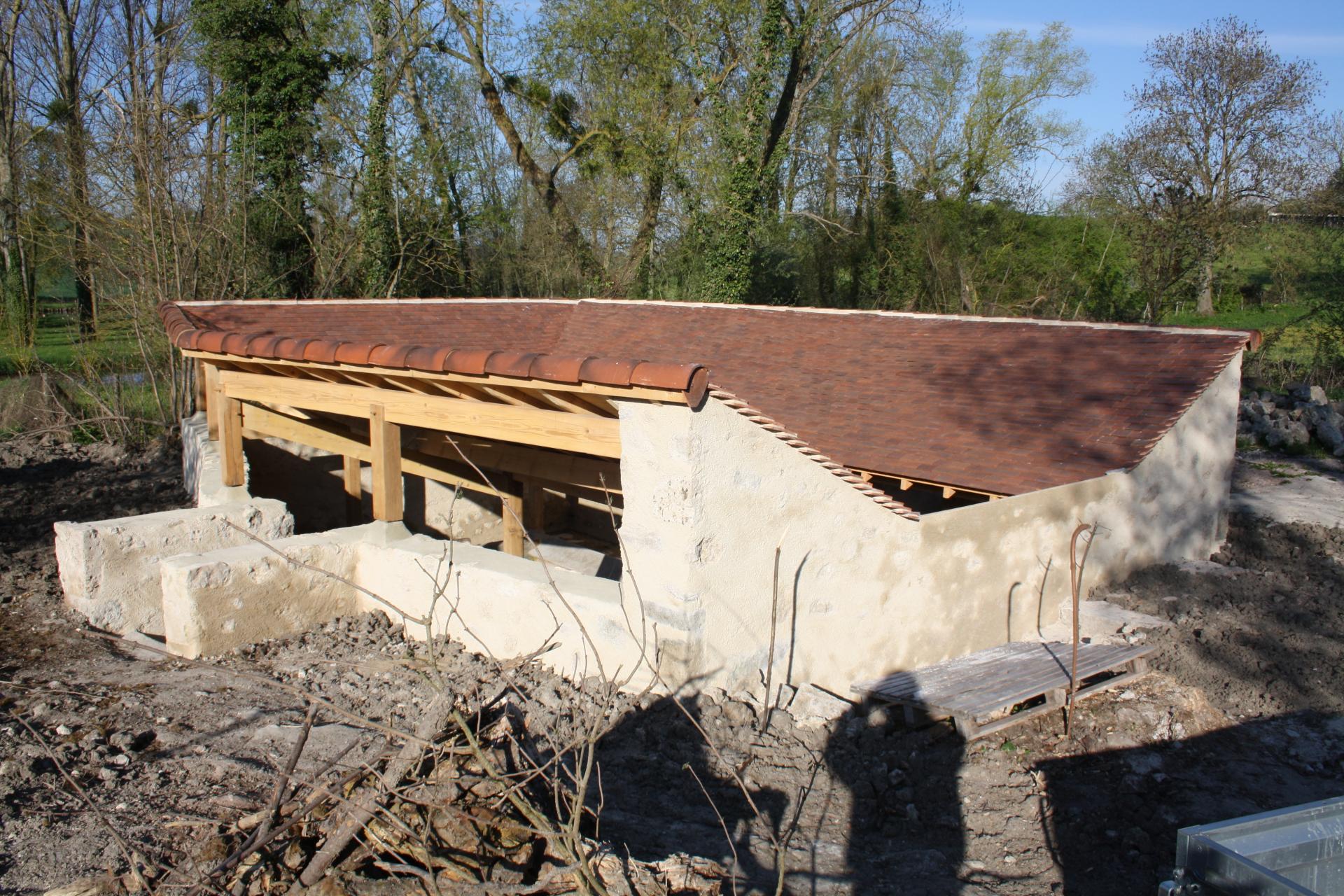
Langy met his end whilst scouting the British forces advancing on Montreal when he drowned at Jean-Baptiste was to have his last encounter with Rogers in February 1760, when he led a force which once again ambushed Rogers as he was leading a line of horse-drawn sledges across the ice to Crown Point, although Rogers once again escaped with seven of his men, Langy killed nine rangers and captured 32 new muskets, 100 hatchets, 55 pairs of moccasins and the Crown Point payroll of £3,961! In 1759 it was a force led by Langy that discovered the whaleboats and canoes being used by Robert Rogers to raid the settlement at St Francis, and he was one of the French officers who pursued Rogers’ force, killing or capturing many of them.

He was then wounded serving in the line at the Battle of Ticonderoga. He is credited with being involved in the skirmish at Bernitz Brook where Lord Howe was killed, although his exact role is not clear. Such was his fame that French regular officers volunteered to serve under him in order to gain experience, so much so that Bougainville wrote: “A captain and seven lieutenants of our regulars march under the orders of an ensign.” He was then engaged in scouting against the forces moving to besiege Fort Carillon at Ticonderoga. in July that same year he was employed raiding and ambushing along the road from Fort Edward to Fort William Henry, cutting off supplies to the British fort.īy 1758, he was regarded as one of the best partisan officers in the army, with Montcalm simply writing: “Langy excellent … all the rest not worth mentioning.” He encountered Robert Rogers in March at the Battle of the Snowshoes, and, some say, defeated him, killing or capturing most of Rogers’ force. In 1757 he led raids in the area around Fort Edward with a war party of about 100 Indians, surprising a British wood cutting party, killing 20 and capturing about 12. Montcalm was so impressed by his abilities he wrote: “Sieur Langis de Montegron has never ceased being used for the most interesting of scouting, also the most laborious, and who has always distinguished himself.”

However, he quickly showed promise and by June 1756 he was leading scouting parties around Oswego and gathered prisoners and intelligence that contributed to the fall of the fort in August that year.

Some sources state that he took part in the Battle of the Monongahela, although this is uncertain. Langy was commissioned in 1755 with the rank of ensign in the Colonial Marines. Jean-Baptiste De Langis, or ‘Langy’, as the British knew him, was the quintessential French partisan soldier and is regarded as one of the most famous names of the war, although it is unlikely that you will have heard of him. We’re taking a look at one of the forgotten heroes of the French-Indian War – Jean-Baptiste De Langis became the nemesis of Rogers and his Rangers! Jean-Baptiste De Langis


 0 kommentar(er)
0 kommentar(er)
